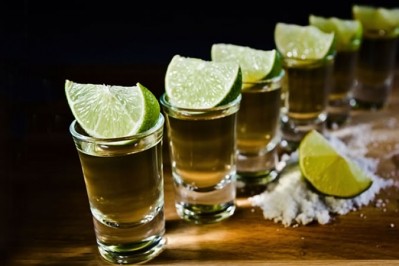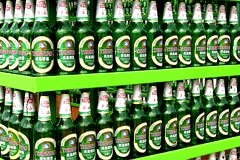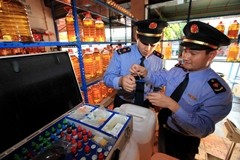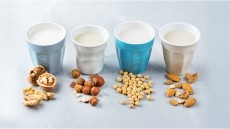Tequila pact could make China the world’s second biggest importer
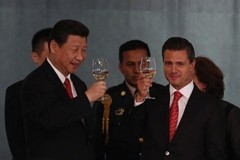
It won’t, however, have missed the attention of the Far East’s tequila lovers who, as a result of the signing earlier this month, will now have access to some decent brands for the first time since 2008.
Tequila pact
Thanks to an agreement signed by Mexican President Enrique Peña Nieto and Chinese President Xi Jinping, China will reduce trade barriers on the sale and import of Mexican tequila.
The “tequila pact” was one of a series of trade agreements signed by the two presidents at a bilateral meeting in Mexico City. The accords span industries like food, energy, mining, tourism, infrastructure and education – but the tequila deal will be closest to any Mexican’s heart.
In 2008, China banned 100% agave tequilas. Concerned by widespread incidents of methanol poisoning, authorities there observed that high-end tequila contained larger quantities of methanol – a result of the agave distillation process, which gives off methanol as a small byproduct.
Even thought consumers have not been able to lay their hands on the good stuff, low-end tequila has still become fashionable in Chinese cities over the last five years, to the point it has seen a fourfold growth in exports.
But still that equates to only 400,000 litres per year – a figure that could be dwarfed once 100% agave brands return.
Declaring that China represented a “golden opportunity for tequila and agave”, the president of Mexico’s tequila industry federation, Ramón González, revealed earlier this month said he believed consumption had the potential to grow to 10m litres over five years.
According to the Consejo Regulador del Tequila, tequila’s regulatory body in Mexico, this would take the country from twenty-third slot in the table of global importers to number two.
But still, in spite of its billion-plus population, China has a long way to go before it can knock the top dog off its perch. With sales of US$625m per year, the United States is a distant competitor with consumption at levels 400 times higher than the new pretender. No doubt the industry will be working hard to close that gap.
